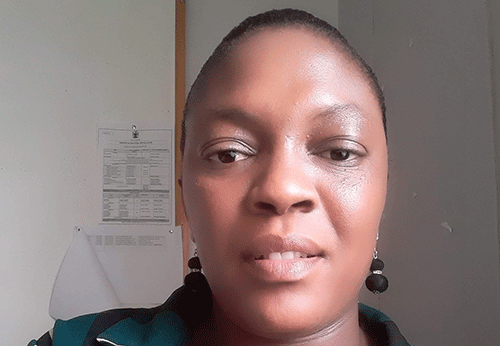Georgina M. Muruti
In the ever-evolving landscape of education, the collaboration between the ministry of education and teacher training institutions is the cornerstone of progress. The seamless interaction between these entities is vital for shaping the future of education.
This article explores the importance of their collaboration, with a focus on material and curriculum development for higher institutions and schools.
It also highlights key strategies for fostering a mutualism symbiotic and synergistic partnership.
Higher education is the crucible where the brightest minds are refined and prepared for the challenges of tomorrow.
Educational institutions prepare educators for the classroom, while the ministry provides quality and equitable education to citizens, who will later emerge as educators.
The collaborative efforts of the ministry and teacher training institutions play a pivotal role in shaping curricula that are not only academically rigorous but also aligned with the evolving needs of the job market. Frequent communication and shared workshops can bridge the gap between theory and pract ice, ensuring that higher education programmes produce graduates who are not only knowledgeable but primed for real classroom practice, and those who are ready to contribute meaningfully to our society.
Collaboration should be a continuous, reciprocal dialogue, rather than a one-time affair.
Re g u l a r f o rums , workshops and conferences can serve as platforms for exchanging ideas, challenges and successes.
Joint committees that include representatives from both the ministry and teacher training institutions can be formed to oversee the development of materials and curricula.
Open communication channels, facilitated by modern technology, can foster a seamless flow of information and feedback.
Addit ional ly, joint research initiatives can provide valuable insights into educational trends, ensuring that both the ministry and teacher training institutions are on the cutting edge of pedagogical innovation.
This not only benefits current educators and students but also lays the groundwork for a more informed and effective education system in the future. In the symphony of education, the collaboration between the ministry of education and teacher training institutions is the conductor that guides the ensemble toward excellence.
By recognising the mutual benefits of their partnership, both entities can contribute to the holistic development of education – from the earliest stages of material creation to the pinnacle of higher learning.
It is through this collaboration that the true potential of education can be unlocked, fostering a generation of thinkers and innovators, who will shape the world of tomorrow.
* Georgina M. Muruti, is a senior education officer in the DoEAC and a former teacher. She holds a Master’s of Education in Curriculum Studies.


